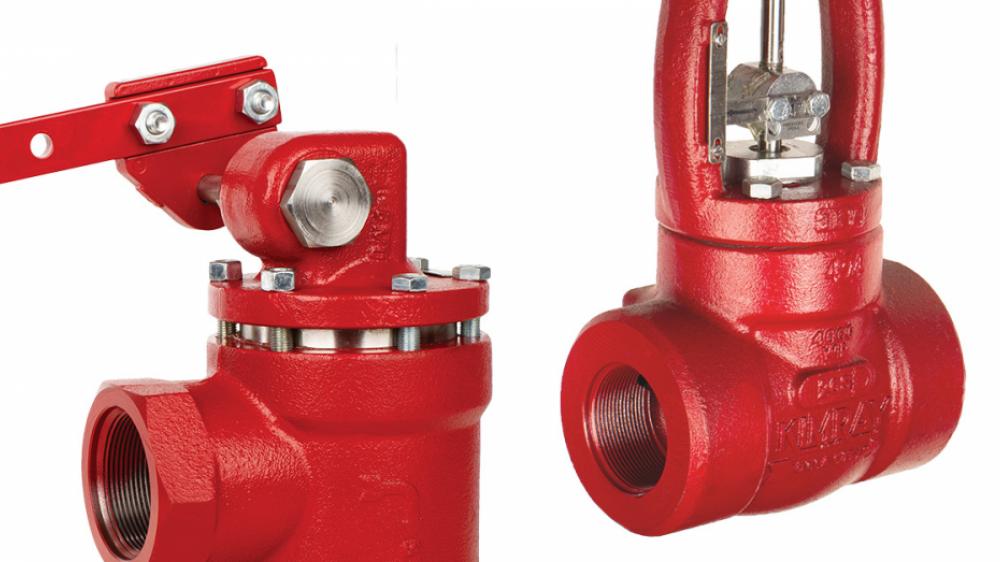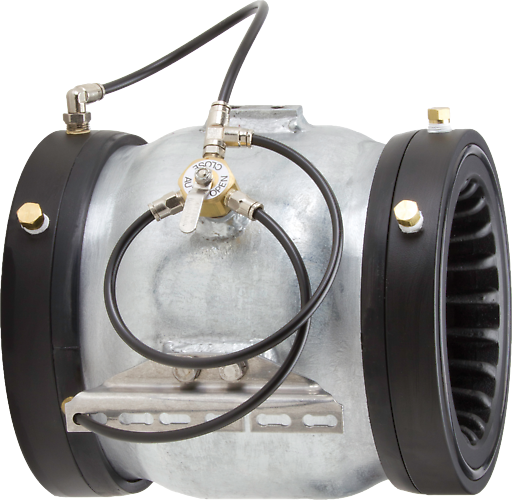Understanding the Importance of Control Valves in Process Automation
Understanding the Importance of Control Valves in Process Automation
Blog Article

Maximize Power Cost Savings and Convenience With Advanced Structure Automation Controls
In the world of contemporary design and facility management, the integration of advanced building automation regulates stands as a critical improvement. By using the power of automation, buildings can adapt, respond, and develop in means that were when inconceivable.
Energy Performance Conveniences
Energy effectiveness benefits can considerably decrease power usage and functional prices in buildings. By carrying out energy-efficient techniques and technologies, building proprietors and operators can achieve significant savings while likewise adding to ecological sustainability. One of the primary benefits of improving power efficiency in structures is the decrease of utility expenses. Energy-efficient systems, such as advanced building automation controls, can enhance the usage of sources like air conditioning, heating, and lighting, causing lower energy expenditures in time.
Additionally, enhanced energy performance can prolong the life expectancy of building equipment and systems. By running much more successfully, a/c systems, light, and other structure parts experience much less wear and tear, causing decreased upkeep and substitute prices. Additionally, energy-efficient buildings often command greater home values and rental rates, offering long-lasting financial advantages to owners.
Additionally, energy efficiency can enhance occupant convenience and efficiency. Correctly regulated interior settings with optimum illumination and thermal problems create an even more pleasurable and conducive office, leading to improved employee complete satisfaction and performance. Generally, the energy efficiency advantages related to innovative structure automation controls are multifaceted, incorporating cost savings, environmental stewardship, and occupant wellness.
Boosted Comfort Control
Enhancing comfort control in structure settings requires a sophisticated combination of advanced automation systems for optimum passenger well-being. By using sophisticated structure automation controls, centers can customize the indoor atmosphere to meet the specific needs and preferences of passengers. These systems make it possible for precise guideline of temperature, ventilation, and lighting, developing a comfortable and productive atmosphere. Resident complete satisfaction and productivity are carefully connected to thermal convenience, making it vital to have systems in position that can adjust to transforming conditions in real-time.
Boosted comfort control surpasses standard temperature level adjustments. It consists of attributes such as tailored setups, tenancy sensors, and all-natural light utilization to create a receptive and vibrant atmosphere. By integrating these advanced controls, buildings can not only improve convenience but additionally improve energy effectiveness by maximizing system operations based upon real tenancy and usage patterns. Ultimately, prioritizing passenger comfort via innovative automation systems leads to an extra delightful and healthier interior atmosphere.
Functional Performance Improvements

Additionally, the implementation of real-time surveillance and analytics tools allows structure operators to identify power inefficiencies and operational anomalies promptly. By continuously keeping an eye on power use patterns and system efficiency metrics, changes can be made in real-time to enhance power consumption and ensure More hints peak functional efficiency. control valves. Furthermore, integrating demand action methods right into building automation controls can even more boost operational effectiveness by dynamically changing power use based upon grid problems and prices signals
Indoor Climate Optimization
Reliable interior climate optimization is a basic aspect of building automation controls, ensuring residents' convenience and wellness while optimizing energy savings. By using sophisticated sensors and controls, building automation systems can constantly adjust and keep an eye on temperature level, humidity levels, air high quality, and ventilation to produce an optimum interior atmosphere. Maintaining comfortable and constant problems not just improves occupant contentment yet additionally increases efficiency and overall well-being.
Interior environment optimization additionally plays an essential function in power efficiency. By fine-tuning cooling, ventilation, and home heating systems based upon real-time information and tenancy patterns, constructing automation controls can substantially minimize power intake - control valves. For instance, executing strategies such as demand-controlled air flow and thermal zoning can help lessen energy waste while ensuring that each location of the structure obtains the necessary conditioning.

Lasting Setting Development
Building automation controls not just optimize interior climate conditions for power performance and occupant convenience however also lay the foundation for developing a lasting setting via strategic administration of sources and systems. By integrating sophisticated structure automation technologies, such as sensing units, actuators, and smart software, centers can readjust and check energy use in real-time to reduce waste and reduce their carbon footprint. These systems make it possible for anticipating maintenance, recognizing prospective concerns before they rise and maximizing devices efficiency to enhance long life and effectiveness.
Furthermore, sustainable environment development extends beyond energy management to incorporate water conservation, waste decrease, and interior air high quality renovation. click here for more info Building automation controls can regulate water usage, spot leaks, and guarantee correct waste disposal techniques, contributing to total sustainability initiatives. Furthermore, by controlling and keeping track of ventilation and purification systems, these modern technologies boost owner wellness and performance while reducing power consumption connected with heating and cooling procedures.
Final Thought
To conclude, advanced structure automation regulates deal substantial benefits in regards to power savings, comfort control, operational performance, interior climate optimization, and developing a sustainable atmosphere. By carrying out these controls, structures can attain optimal performance while minimizing power consumption and boosting owner comfort. It appears that the usage of advanced automation innovation is crucial in improving building efficiency and developing a much more sustainable future.
Power effectiveness benefits can considerably lower power intake and operational costs in buildings. On the whole, the power performance advantages connected with advanced building automation controls are complex, incorporating expense savings, ecological stewardship, and occupant wellness.
Additionally, integrating demand feedback approaches into building automation controls can further improve functional performance by dynamically readjusting power usage based on grid problems and prices signals.
Building automation manages not just enhance interior climate conditions for energy effectiveness and passenger comfort however likewise lay the foundation for producing a sustainable atmosphere via critical management of systems and resources.In conclusion, advanced building automation regulates deal significant benefits in terms of energy financial savings, comfort control, functional efficiency, indoor environment optimization, and creating a lasting atmosphere.
Report this page